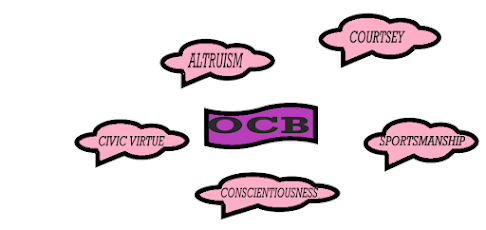"Social Psychology is the scientific study of how people's thoughts, feelings, beliefs, intentions and goals are constructed within a social context by the actual or imagined interactions with others". (McLeod; 2007)
"The scientific field that seeks to understand the nature and causes of individual behaviour in social situations". (Baron, Byrne and Suls; 1989)
Social Psychology encompasses social situational influence on psychological phenomena, personal construction of those situations, and the mutual influence of the person or situation interaction. Therefore, the scope is largely defined by the limits of what is a "social situation". This situation could be considered the relative influence of real or imagined others.
Individual Perspective:
The social psychologists are also interested in the problems of learning, perception, motivation, emotions; but they are interested in these processes only in the context of social interaction. They studies the individual behaviour in the social environment in contrast to the general psychologists who studies these processes in the context of the physical environment. So, one of the scope of social psychology is to build up knowledge so that our understanding of individual behaviour in social setting can be improved.
Social Interaction:
Interdependence usually means the degree to which individuals require one another to obtain goods and services which would not be available otherwise. Other human beings, are the most significant and consequential parts of the environment. Other persons respond to us and we respond to them and so on. Such give-and-take among human individuals is the significant aspect of social interaction. Our character, our concerns and our aspirations are in some way or the other affected by interactions with others. This is why social interaction occupies a central place in social psychology. It is by understanding the processes of interaction that we can understand the broader features of social influence, including the effects of cultural, organizational and group effects upon the individual.
Social interaction refers to the reciprocal relationship between two or more individuals whose behaviour is mutually dependent. It involves the communication process that leads to influence upon the actions and outlooks of individuals.
Interactions take place in an interpersonal situation, that is, in face-to-face relationships. But the memory of another person may also influence our behaviour even when there is no face-to-face relationship.
Social Influence:
Another important scope of social psychology is with the processes of social influence. The individual is born in a group, grows up in a group and lives and works in a group. So by necessity man is oriented toward other human beings in the environment. Social influence occurs whenever one individual responds to the actual or potential presence of other human beings.
The three factors resulting into social influence are:- a) Social interaction process, which is basic to human experience right from birth. Man's personality, his beliefs, attitudes and values are all based, in way or another, on social interaction.
b) Influence of the group on individual give rises to problem of conformity, prejudice, leadership and other group phenomenon.
c) Influence of one group on another group may either lead to cooperation or conflict.
The other variables studied under social psychology are attitude, value, group cohesiveness, group norm and many more.
References:
Kuppuswamy, B. (1961). An introduction to social psychology. Asia publishing house.
Singh, A. K. (2019). Social psychology. PHI Learning Pvt. Ltd..








